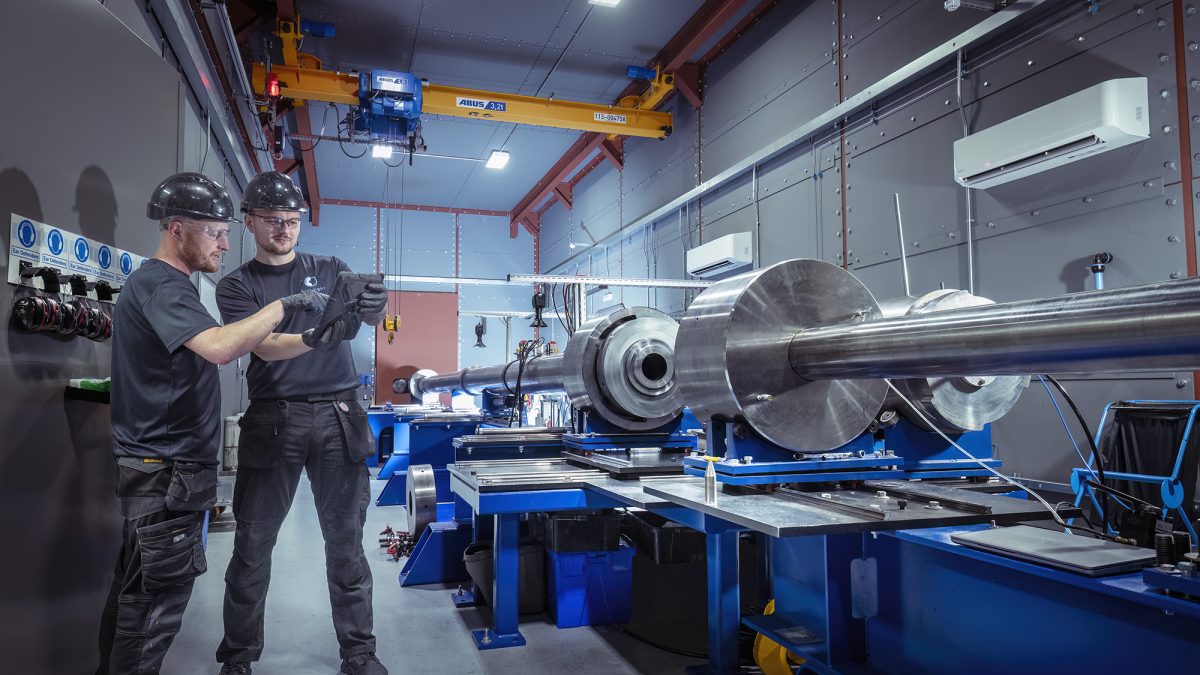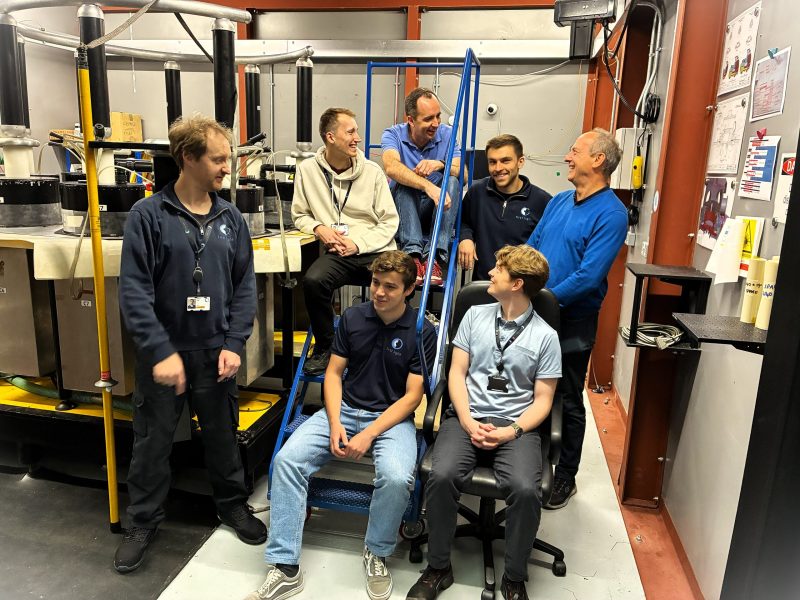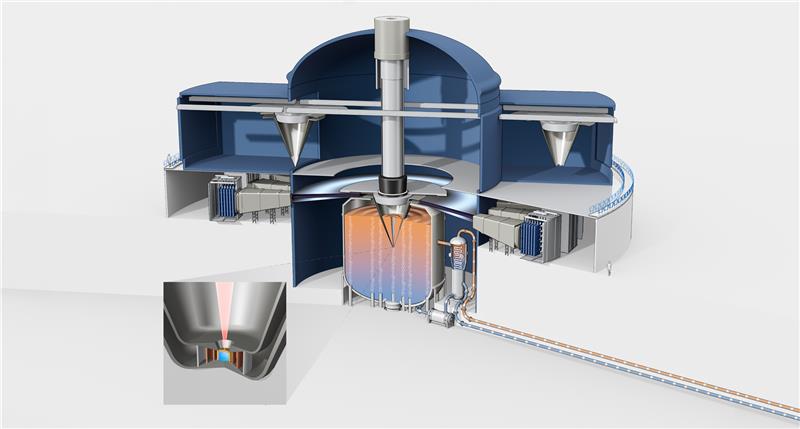11 August 2025, Oxford, UK – First Light Fusion (‘First Light’), the UK’s inertial fusion company, has recorded the highest pressure output ever achieved on a two-stage light gas gun – generating pressures equivalent to 25 million times the atmospheric pressure on Earth.
The result is significant as it was achieved on a two-stage light gas gun, which is typically pressure limited to 200 GPa. Such pressures could only previously be generated with extremely large facilities, but with First Light’s amplifiers the same result can now be achieved within a small facility and at a dramatically lower cost per ‘shot.’
About The Experiment
Since its establishment in 2011, First Light has pioneered proprietary amplification technology that has transformed both inertial fusion energy and materials science research. Until last month, its pressure amplifiers1 enabled pressure ranges up to 1 TPa, representing a five-fold amplification on a two-stage gas gun.
In July 2025, First Light’s record-breaking result was achieved using the latest version of the company’s proprietary pressure amplification technology, which increased the attainable pressure in a quartz sample from 200 gigapascals (GPa) to 2.5 terapascals (TPa) – more than 12x increase and equivalent to 25 million times atmospheric pressure – and now allows materials to be studied at similar conditions to the world’s largest high-power facilities. The successful experiment also generated sample temperatures exceeding 100,000 degrees Celsius – more than 3x hotter than a bolt of lightning. The ability to test materials under extreme pressure opens new research possibilities across space, defence and other industries2.
The experiment took place on a two-stage gas gun at First Light’s facilities in Oxfordshire, UK. Known as the ‘Big Friendly Gun’ (BFG), it is the most powerful energy projectile launcher of its kind in the UK and one of the largest in the world. Commissioned by First Light in April 2021 at a cost of £1.1 million, the BFG is used to test amplification technology and evaluate materials under extreme conditions. It fires a 38 mm metal-tipped projectile into a vacuum chamber at a velocity of 7 kilometres per second (more than 15,000mph), over a length of 25 metres.
This achievement follows a previous record set by First Light in February 2025, when the company reached 3.67 TPa using Sandia’s Z Machine, the largest electrical pulsed power facility in the world.
Unlocking New Pressure Regimes for Materials Science Research
Testing materials under extreme pressures is a critically important research field across various industries, including space, defence, and science sectors. Over the last 50 years, two-stage light gas guns have been the cornerstone of materials science research facilities, owing to their accessibility and cost-effectiveness compared with much larger facilities owned and operated by governments around the world.
While gas guns are much cheaper to use, they typically only reach pressure ranges up to 200 GPa, which means companies and institutions needing to access much higher pressure regimes can only do so at a handful of facilities worldwide, which are often oversubscribed.
First Light’s unique amplification technology will transform the materials science industry, enabling the access of pressures never been accessed before on much smaller, cheaper machines, in effect smashing what was previously possible in science.
This result further validates First Light’s new commercial strategy, announced in March 2025 (more here), to apply its fusion technology in other, critically and nationally important sectors across space, defence and materials science research.
Mark Thomas, Chief Executive Officer at First Light Fusion, commented:
“Another experiment, another world record set. This is a significant scientific breakthrough for First Light, but we aren’t done yet. This is a remarkable achievement that will revolutionise materials science research and further validate our high gain inertial fusion concept. Generating these pressure levels was always considered impossible, but our team has blown that theory into pieces. Our First Light amplification technology has now set records on Sandia’s Z Machine and a two-stage gas gun, all within the last six months.
“As we pursue our mission of commercially viable inertial fusion power, we are adapting to address real-world applications today. From the most advanced simulation platform to our cutting-edge experimental facilities, we have unrivalled capabilities that will contribute to solving science’s most challenging problems.”
END
Footnotes:
- The First Light Fusion amplifier is an add-on to an existing two stage light gas gun driver. It is impacted by a hypersonic projectile and focusses the intensity of the incoming shockwave to generate a considerable enhancement of pressure at its output. It greatly increases the pressures which are achievable at two-stage gas gun experiments. The amplifier enables study of material behaviour at extreme conditions previously only achievable at the world’s largest laser facilities.
- The result will resonate across many fields as it enables new avenues of study on gas gun drivers.
- In planetary physics, pressure of 2.5 TPa is similar to the core pressures of terrestrial gas giants such as Saturn and Jupiter.
- These pressures are also similar to the core pressures of recently discovered ‘super Earths’ with masses 10 x our own planet.
- In inertial confinement fusion, 2.5 TPa is relevant to the conditions found in the outer layer of NIF fusion capsules in an ignition experiment.
- In fundamental physics, our results enable us to test our understanding of extremely compressed materials such as hydrogen, which is predicted to metallize and experience quantum effects at such extreme conditions.



